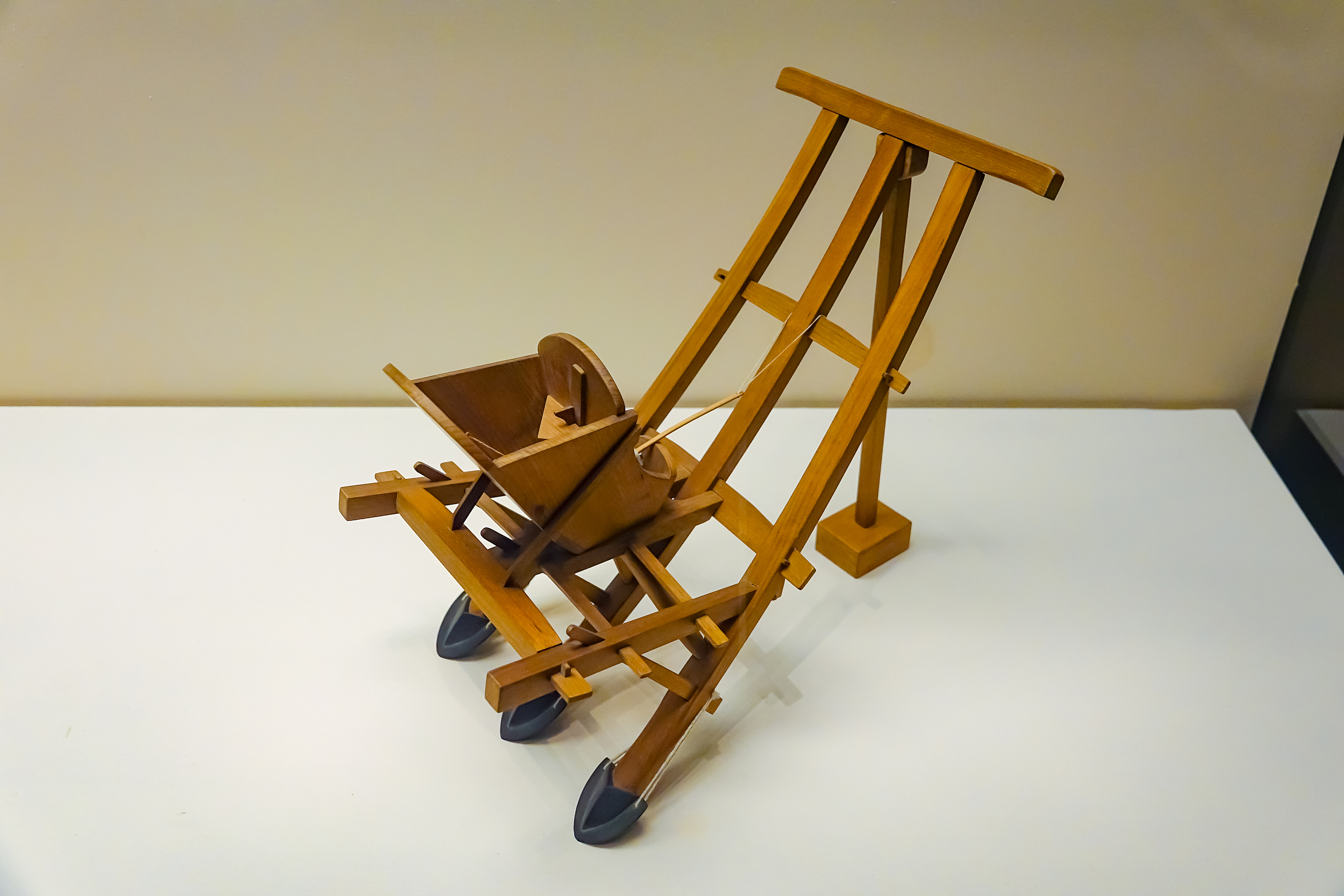Louche: Ancestor of the Modern Seed Drill

Three-legged Louche. (PHOTO:VCG)
By BI Weizi
The louche, also known as a drill sowing vehicle, was a mobile animal-powered agricultural sowing machine invented by Zhao Guo, a Chinese agronomist and official in charge of agricultural production during the Han Dynasty (202 BC - 220 AC).
According to the records of the Political Commentator written by Cui Shi in the Eastern Han Dynasty, the louche was composed of a plow rod, a plow bucket, a plow leg and a plow share, and all parts are cleverly connected each other. The plow share, made of iron, could automatically dig the ridges while pulled by an animal in the field.
Other parts were made of wood. The seeds flow from the bucket into the hollow plow feet and then into the field for sowing.
Due to the different widths of sowing and the number of rows, during the reign of Emperor Wu of the Han Dynasty, Zhao Guo invented a three-legged Louche, which could sow three rows at the same time. The leg of the Louche could directly dig a trench in the flattened soil, sow the seeds, cover the seeds, and flatten the land all at the same time.
The machine was known for its utility and efficiency in performing several agricultural tasks at once, saving time and labour. One person led the cow in front and pulled the louche, and one person held it at the back and sowed the seeds.
At that time, the efficiency of China's sowing system was at least 10 times that of the European system, and when converted into harvest volume, it was 30 times that of Europe.
The louche has been called the ancestor of the modern seed drill and also inspired the invention of the first seed drill in the West, which relieved farmers from tedious work in the field.






